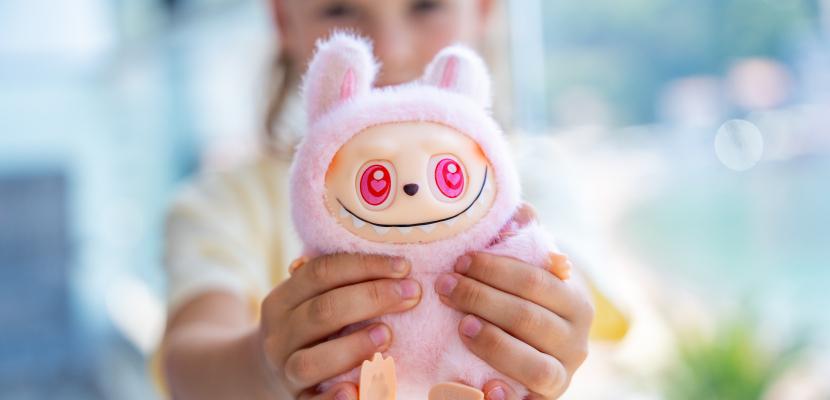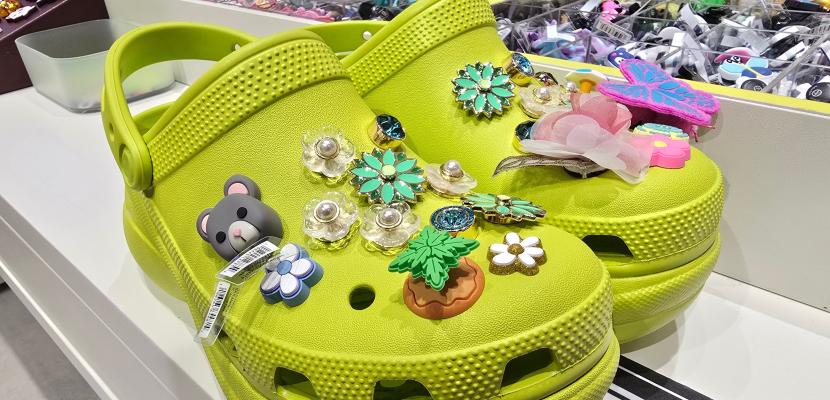
As brands scramble to decode the minds of Gen Z, a newer, even more influential cohort is already redefining the rules of consumption: Generation Alpha.
Born from 2010 onwards, Gen Alpha are digital natives in the truest sense – touchscreen toddlers, Roblox gamers and YouTube Shorts connoisseurs.
By 2030, they will be the largest consumer generation in history, numbering well over 2 billion people and holding an estimated $5.5 trillion in global spending power.
Brands like Pop Mart and HiSmile are already laying the groundwork to win them over. But what makes Gen Alpha tick? And why are brands that play with surprise, collectability, and personalisation resonating so strongly?
The rise of the ‘unboxing generation’
For Gen Alpha, the joy of unboxing is not just a thrill but a cultural ritual.
Just look at the 25 billion videos on YouTube with ‘unboxing’ in the title: this is the backdrop to their formative years.
While older generations, particularly Gen Z and Millennials, spearheaded the unboxing phenomenon, it is Gen Alpha that is truly internalising it as a core mode of discovery and desire.
For brands that can master this phenomenon, Gen Alpha represents an unparalleled future.
Chinese collectible giant Pop Mart has perfected this understanding to astounding success.
Their blind-box strategy – where consumers purchase toys without knowing exactly which character is inside – has spawned global queues, swap meet communities, and viral TikTok reveals.
While Gen Z has driven their initial boom, Alpha's innate love for surprise and collecting positions them as Pop Mart's vital next wave.
The brand’s genius lies in fusing scarcity, surprise and storytelling.
Each figurine line comes with lore, aesthetics and gamified collectability – appealing to Gen Alpha’s growing appetite for entertainment-meets-commerce.
In Australia, its growing cult following suggests that the brand is not just selling toys – it’s selling experiences.

Gold Coast-based oral care brand HiSmile, once known for whitening kits, is reinventing toothpaste as a collectible.
Its flavoured toothpaste range – including collaborations with Barbie, Wonka and Chupa Chups – is dental hygiene disguised within product-as-personality.
Packaged in candy-coloured tubes, fuelled by influencer marketing and supercharged by gamification, HiSmile’s pivot reflects an acute understanding: for Gen Alpha, self-care must be fun, shareable and distinctly theirs.
While Millennials and older Gen Z initially drove HiSmile's virality on platforms like TikTok, the brand's playful approach (oral care blind boxes) is a direct investment in their future consumers, who are being introduced to self-care products at younger ages and expect these experiences to be engaging and personalised.
Collectability, customisation and co-creation
These brands are excelling by focusing on three key pillars.
First, collectability taps into a sense of achievement and progression.
Just as older generations meticulously collected sticker albums or toy car sets, Gen Alpha seeks the same satisfaction – but with digital amplification. Sharing a complete Pop Mart set or a HiSmile “flavour haul” is a badge of belonging.
Second, customisation and expression of identity matter more than ever.
HiSmile’s colourful toothpaste flavours aren’t just novelties; they represent micro-expressions of identity.
In a world of avatars, skins, and profile curation, products that allow Gen Alpha to express “me” win attention and affection.
Finally, co-creation and community-building are being elevated to an art form.
Pop Mart invites fan feedback, holds voting events for new characters and supports secondary trading communities.
HiSmile partners with creators and even allows fans to influence product development.
This shift from brand-as-broadcaster to brand-as-playmate is pivotal.
Pop Mart and HiSmile are not alone.
Tech-savvy beauty brands like e.l.f. and NYX are building virtual worlds in Roblox, allowing Alphas to co-create and express themselves.
Legacy giants like Nike are establishing brand presence in the metaverse (Nikeland), while LEGO blends physical play with digital apps and augmented reality.

For personal style, Crocs, with their Jibbitz charms, ride the wave of customisation and quirky self-expression, while Samyang's Buldak Ramen exemplifies how Alpha's viral digital discovery (Lisa from BLACKPINK holding a cup of noodles after a concert) can elevate unexpected products.
From chaotic, absurdist, meme-driven humour of Sour Patch Kids to Nutter Butter’s "unhinged" social media strategy that is almost bewildering to older generations but captivating to Gen Alpha, brands are embedding themselves where and how Alpha plays, learns, and defines the very experience.
What brands need to learn now
If there’s one crucial lesson for brands hoping to win the hearts and future wallets of Gen Alpha, it’s this: treat them not as mini-consumers, but as full participants in the brand story.
This doesn’t mean infantilising or over-commercialising childhood.
It means respecting the emerging values of Gen Alpha – autonomy, creativity, and digital fluency – and designing with them in mind.
It also requires forward-thinking strategies. Traditional advertising won’t work.
Instead, brands must embed themselves in the platforms where Gen Alpha lives – Roblox, TikTok, YouTube – not as interruptions, but as interactions.
Product design, packaging, and storytelling must all be reimagined through a lens of fun, frictionless engagement.
Looking ahead
By the time today’s 8-year-olds are teenagers, they will have grown up with AI playmates, mixed reality classrooms, and algorithmically curated everything.
Winning them over will require more than superficial messaging. It will demand brands become part of their culture.
Pop Mart and HiSmile are early success stories, not because they chase trends, but because they understand one.
Gen Alpha is not just a new generation. They are a new species of consumer.
- Dr Vishal Mehrotra is an Assistant Professor of Marketing at Bond University.